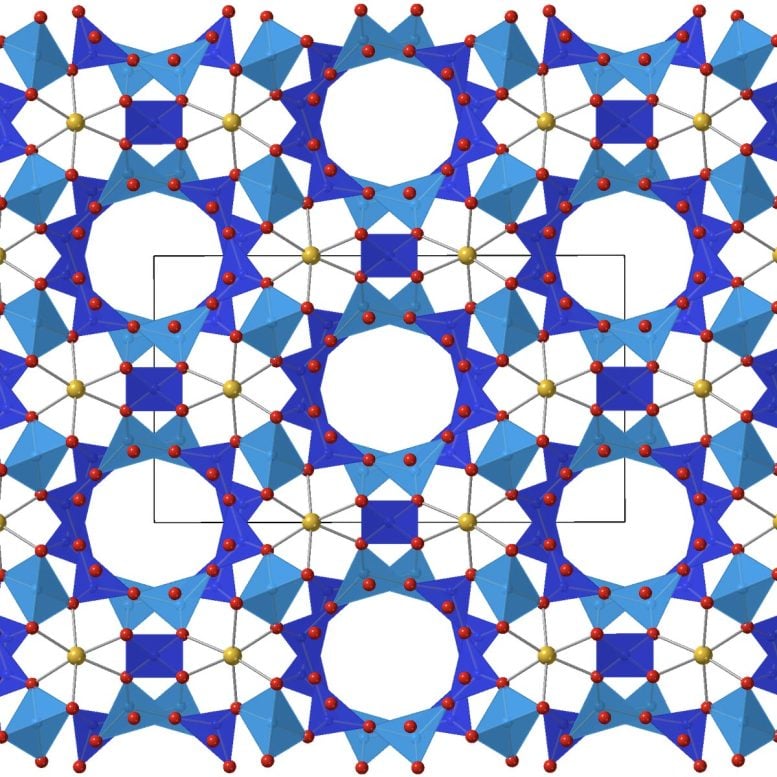ABSTRACT
Fossil pinnate palm leaves (Arecaceae, subfam. Arecoideae) are described from the Eocene or Miocene Island Lagoon fossil site near Woomera in the arid zone of South Australia. These leaves are described as a new species, Phoenicites insula-lacuna and shown to share morphological similarities to the extant genus Archontophoenix (subtr. Archontophoenicinae), endemic to eastern Australia. This fossil record constitutes a significant temporal and geographic range extension for Archontophoenicinae and likely Archontophoenix. The presence in Australia of Archontophoenicinae as early as the Eocene or more likely Miocene, is in accordance with molecular analyses that propose dispersal of this clade into Australia from New Guinea, with subsequent dispersal from Australia to New Caledonia and divergence of the Archontophoenix and Chambeyronia lineages during this interval of time. Previously reported co-occurring myrtaceous woody fruits from Island Lagoon and proximal-coeval silcrete floras previously referred to Angophora, Callistemon, Eucalyptus, Melaleuca and fossils of other sclerophyllous taxa such as Banksia are consistent with this palm being part of a landscape mosaic with riparian rainforest that included mesic plants growing within wider sclerophyllous forest or woodland vegetation comparable to the eastern coastal zone of modern-day Australia and the modern range of Archontophoenix.
KEYWORDS: Palm, Arecaceae, paleogene–neogene, Australia, Archontophoenix, silcrete macrofloras
 |
| Phoenicites insula-lacuna sp. nov. (A) Holotype P14209 showing whole specimen. (B) Paratype (P14467) with midvein at arrow. (C) Detail showing asymmetry of pinnae base (P14209). (D, E) Detail of mid-pinnae showing midvein and secondary veins (P14209). (F) Rachis (P14209) showing patterned surface corresponding to ‘brown spots’ similar to those of extant Archontophoenix spp. (G) Detail of mid-pinnae with arrow showing midvein (P14467). Scale bars in cm. All photos by John G. Conran. |
Order: Arecales Bromhead (1840)
Family Arecaceae Bercht. et Presl (1820), nom. cons. et nom. alt.
Subfamily Arecoideae Burnett (1835)
Fossil genus Phoenicites Brongn. emend Read and Hickey (Citation1972)
Type species Phoenicites pumila Brongniart, 1828,
from the Eocene Brives region of France.
Phoenicites insula-lacuna D.R.Greenw. & Conran, sp. nov.
Diagnosis: Pinnate leaf with 11 or more pinnae per side. Rachis straight, rounded, minutely tuberculate or dotted. Pinnae linear-lanceolate, subopposite, reduplicate, inserted in a single plane along the rachis at acute angles (17–34°; n = 10), with 6–8 prominent lateral secondary veins and narrower at the base than medially; bases asymmetrical, broader basioscopically.
Etymology: The specific epithet is derived from the Latin for Island Lagoon, the fossil’s locality.
Location: Unnamed Tertiary unit at the decommissioned Island Lagoon tracking station, South Australia (31° 23′S, 136° 53′E, 139 m).








Leave a Comment